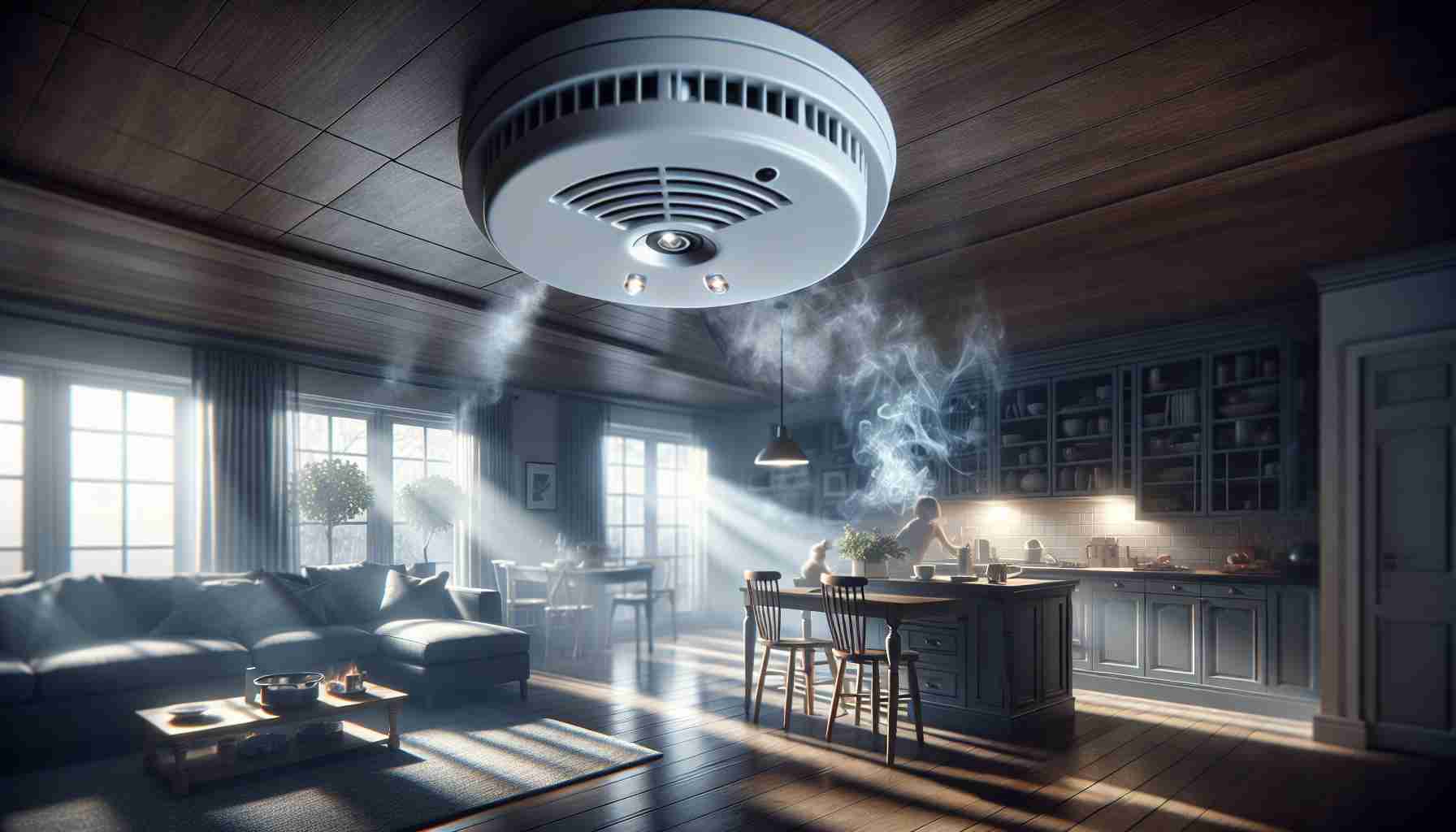Swift detection of smoke can greatly impact the outcomes of potential emergencies. In the realm of fire safety, understanding the varying types of fires is crucial for effective detection systems.
Slow-burning fires, known as smoldering fires, emit dense smoke without sustaining significant flames. Imagine a cigarette slowly smoldering, producing thick smoke without a full-blown fire.
Left unchecked, smoldering fires can escalate into flaming fires, characterized by rapid combustion of flammable materials like wood or paper. Although flaming fires produce less smoke, they pose a more immediate threat due to their destructive nature.
Testing the responsiveness of smoke detectors involves simulating both smoldering and flaming fires. By introducing controlled smoke into a chamber housing the detectors, researchers analyze how quickly alarms are triggered.
To replicate a smoldering fire, charcoal is carefully ignited and allowed to produce thick smoke before being introduced into the chamber. On the other hand, a flaming fire scenario is recreated using shredded paper to generate the necessary smoke levels.
Conducting multiple test runs for each detector model with different types of smoke allows for a comprehensive assessment of response times. This meticulous process ensures the reliability and efficiency of smoke detection systems in real-life scenarios.
Additional Relevant Facts:
– Some smoke detectors are equipped with dual sensors, utilizing both ionization and photoelectric technologies to detect different types of fires more effectively.
– Early smoke detection can significantly reduce property damage and increase the chances of safe evacuation during a fire incident.
– Smoke detection systems can be integrated with home automation technologies for remote monitoring and alerts, providing added convenience and safety features.
– Regular maintenance, such as testing and changing batteries, is essential to ensure the continued functionality of smoke detectors.
Key Questions:
1. What are the most common causes of false alarms in smoke detection systems, and how can they be minimized?
2. How can advancements in technology, such as artificial intelligence and machine learning, enhance early smoke detection capabilities?
3. What are the regulations and standards that govern the installation and maintenance of smoke detection systems in residential and commercial buildings?
Key Challenges and Controversies:
– One of the challenges associated with early smoke detection is balancing sensitivity to detect smoke promptly while minimizing false alarms caused by cooking smoke or steam.
– Controversies may arise regarding the cost-effectiveness of installing advanced smoke detection systems in older buildings or low-income housing, raising concerns about affordability and necessity.
Advantages and Disadvantages:
– Advantages:
– Early detection of smoke can save lives and property by enabling timely evacuation and fire suppression.
– Integration with smart home technologies offers enhanced convenience and remote monitoring capabilities.
– Disadvantages:
– False alarms can lead to complacency or disregard for alarm signals, potentially reducing the effectiveness of smoke detection systems.
– Advanced smoke detection systems may come with a higher initial cost, posing a barrier to widespread adoption in certain segments of the population.
Suggested Related Links:
– nfpa.org (National Fire Protection Association)



